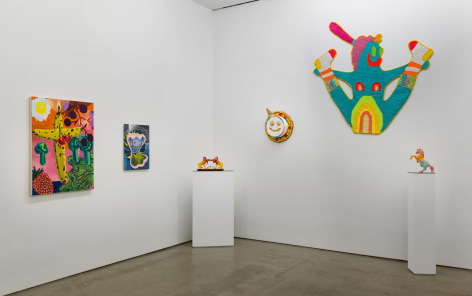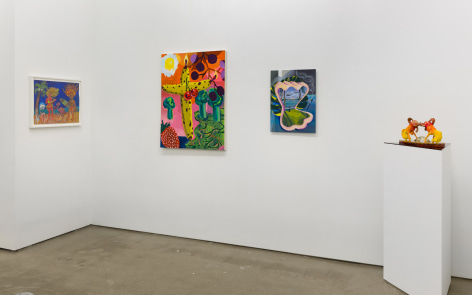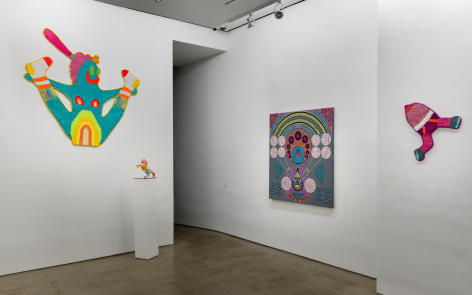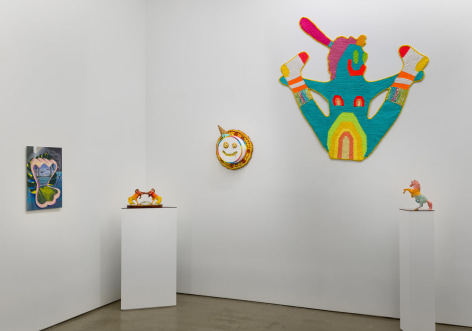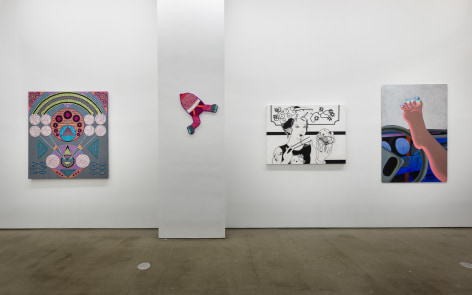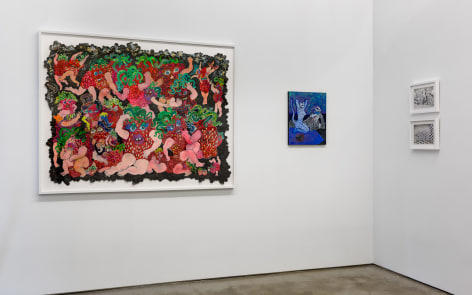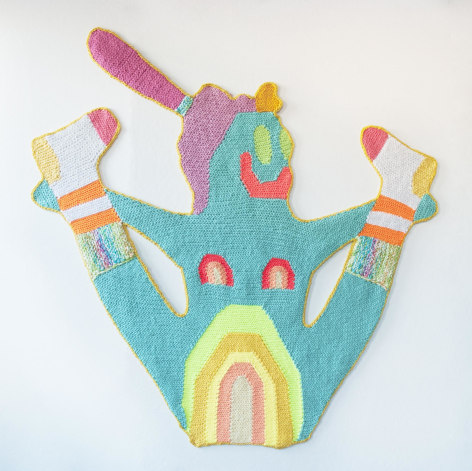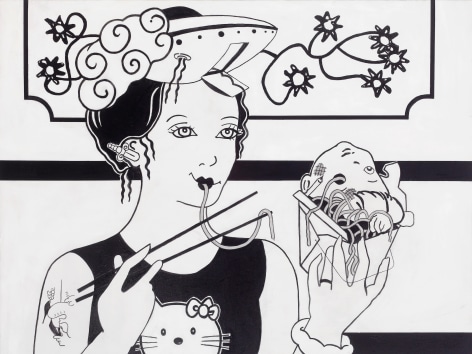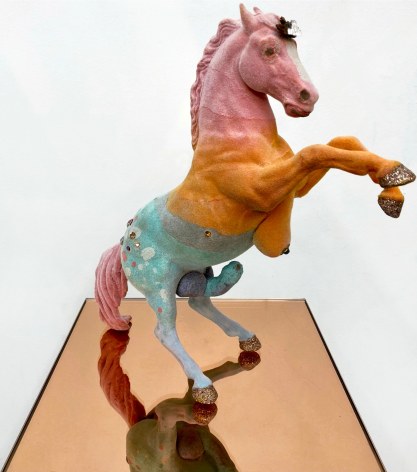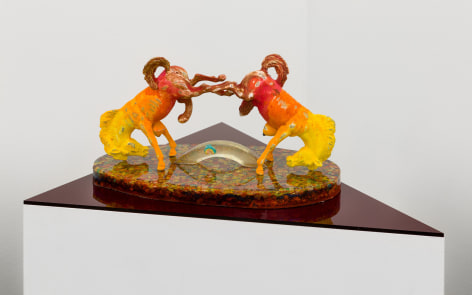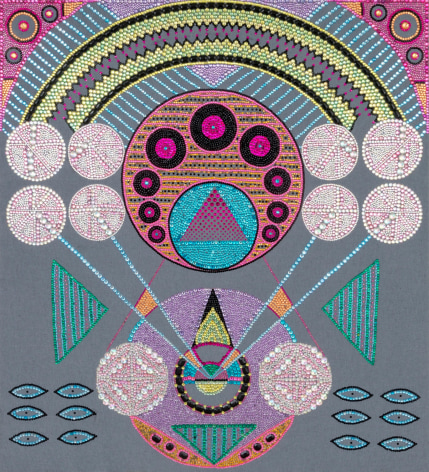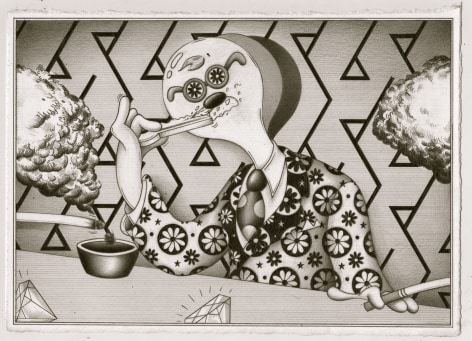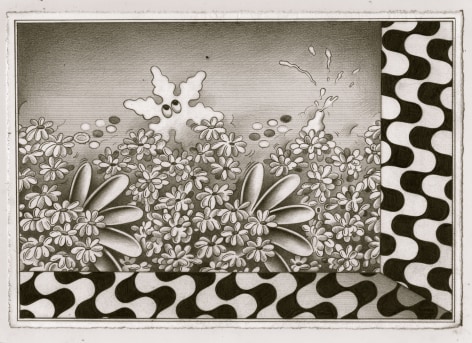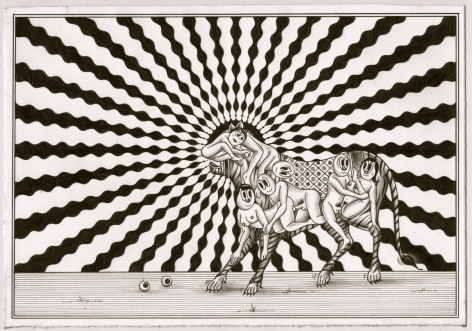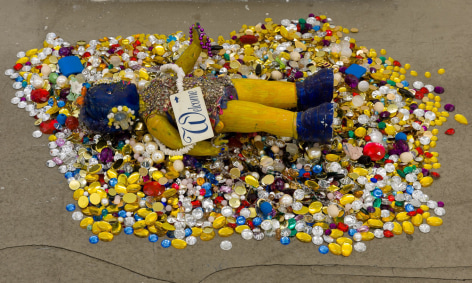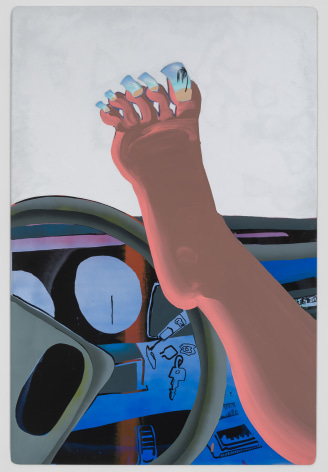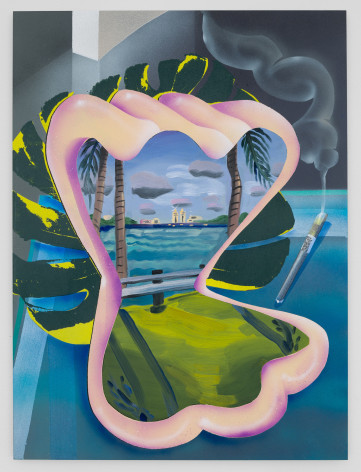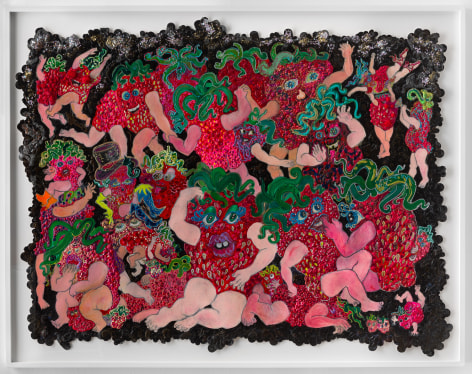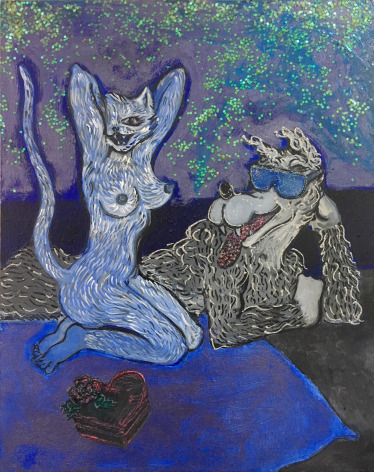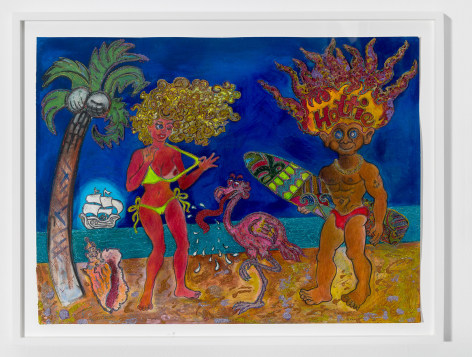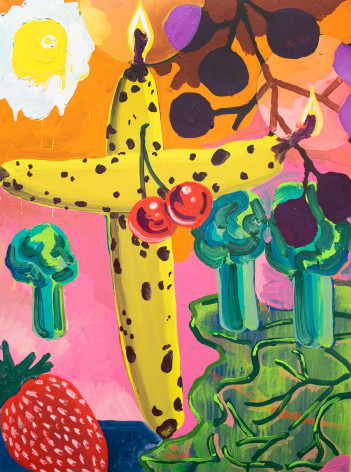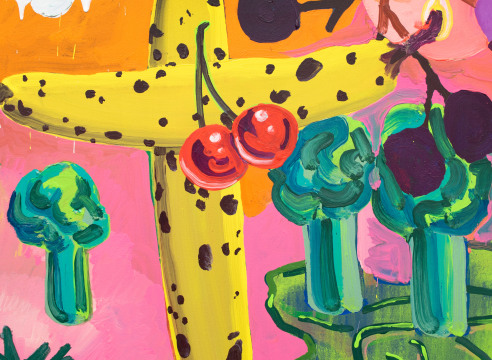
There is something undeniably seductive and deeply satisfying about the old Newport Alive With Pleasure! ads of the 70s and 80s. Like a good bon mot or a French striptease, they writhe with innuendo, without baring all. They show couples, threesomes, and large groups of people in ecstatic states enjoying quality time together whilst building miniature snowmen, pouring water into each other’s mouths, blowing trombones, and slam dunking. This isn’t just some highly effective and manipulative ad campaign from a bygone era; it’s hedonism, a desirable and meaningful life philosophy, predating the Common Era some 300 years.
Having fun is serious business, and the ancient Greeks understood this better than anyone. Before Epicurus came along and invented hedonism, Euripides wrote The Bacchae, a tragedy in which Pentheus, the king of Thebes, rationalist and all time no-fun-Sally, doubts the importance of Bacchus, the god of drunken revelry, chaos, dancing, and all things worth living for. Ultimately, Bacchus avenges himself on Pentheus by casting his mother under a spell, where she proceeds to have an orgy with the villagers while Pentheus watches, only to charge towards her son and rip his head off his body. The moral of the story, aside from the obvious never throw shade at Bacchus, is to embrace the Dionysian experience fully and to be open to its spiritual powers.
The eclectic grouping of artists in “Alive With Pleasure!” has one overarching commonality; they all welcome pleasure completely and unabashedly, whether it be through their decadent and unusual choice of materials, or sensual subject matter that embodies desire, through the depictions of eroticism, beauty, or gastronomy.
---Irena Jurek


